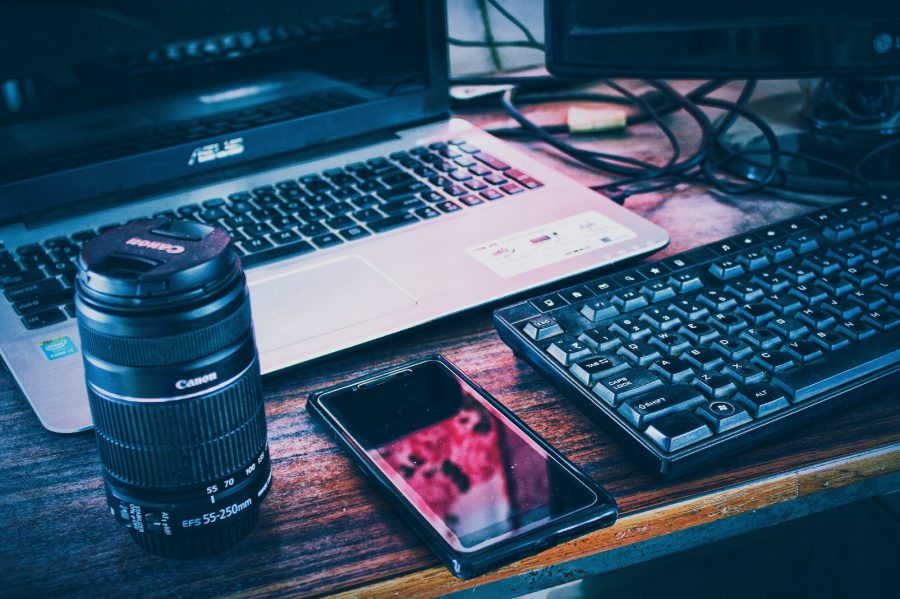
Despite the criticism of McLuhan’s medium theory for its technological determinism, one of his critics, Raymond Williams, argued that existing societal and economic conditions also play a role in determining whether technology is used or not. Namely, if it can’t be adopted, the technology has little significance for society. However, it’s undeniable that we can see the shadow of his medium theory in contemporary social media. In the remaining part, I will analyze Tiktok using his medium theory.
As McLuhan argued different media, such as print, and television have their own unique characteristics and effects. The qualities and biases of different media shape how people think, and process information. For example, within existing electrical media, television, with not only texts, but also sounds, and images, conveys more intuitional and emotional information to the masses than that of pure written text. Compared with TV, TikTok, as one of the giant social media platforms nowadays, can be considered in part as an amplified version of TV. It’s famous for its short video clips and fragmented information presents. The user who has been using TikTok for a long time will be accustomed to slipping and viewing videos rapidly in a short time. As a result, it causes people to process and information more superficially, And the opportunities for deep and critical thinking will be reduced.
In addition to the change of the thinking model and processing information, the users also can be observed the changes in physiological terms. The term “TikTok brain” is used for some aftermaths when people have been affected by TikTok for a long time. For instance, TikTok brings influence on the attention. The short-form videos are getting increasingly popular. Based on the user data analysis, the optimal recommended video length is 21 to 34 seconds. Under its influence, children have difficulty concentrating on a range of activities, from reading a book or watching a full-length film, to completing assignments.
Echo chamber/information bubbles
Aside from the above, McLuhan also argued that medium technologies shape societal culture. The intelligent algorithm of TikTok may keep us trapped in our own information bubbles. In this sense, our societal culture is getting homogenised, and isolated, and the cultural diversity is diminishing.
What we see on TikTok is based on our interests, beliefs, and actions.
Let’s think about the following situation, if we see the video where the content expresses uncomfortable opinions against our perception and beliefs, we usually feel offended and take action like blocking this user. Based on these actions, the algorithm will recommend similar videos next time. In the echo chamber, our perception towards society and culture is intensified and facilitated by people with similar beliefs. We get social identities, emotional support, and information from limited angles from the group we belong to. But we rarely see different voices and groups beyond our perception anymore.
Reference
- Laughey, D. (2007). Key Themes in Media Theory. McGraw-Hill Education.http://ebookcentral.proquest.com/lib/westminster/detail.action?docID=332680
- Durham, M. G. (2006). Media and cultural studies: keyworks. Wiley-Blackwell.
- Adair, Cam. “The Psychology of Tiktok Brain.” Game Quitters, 30 May 2023, gamequitters.com/tiktok-brain/#footnote_uTOhCu3.

